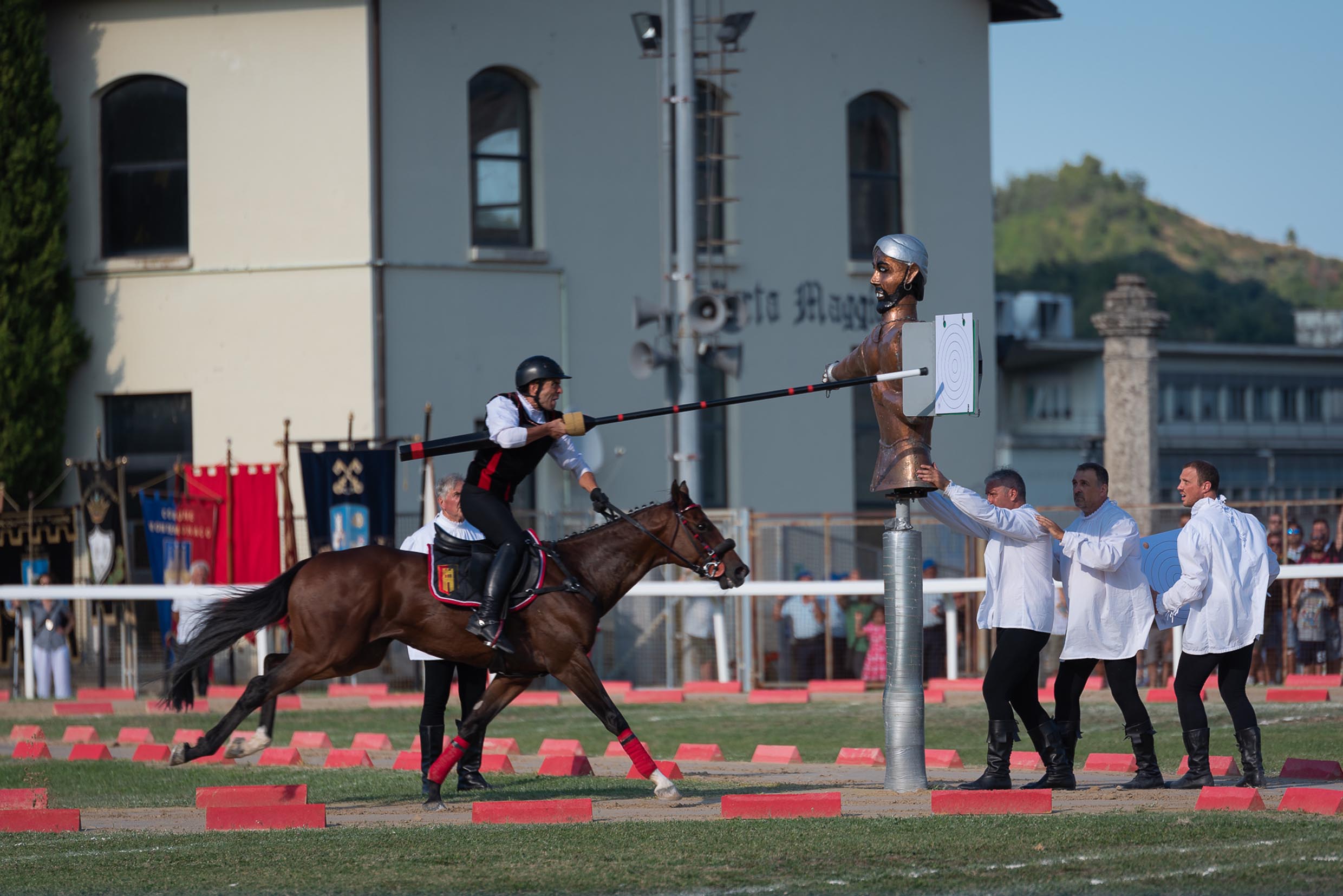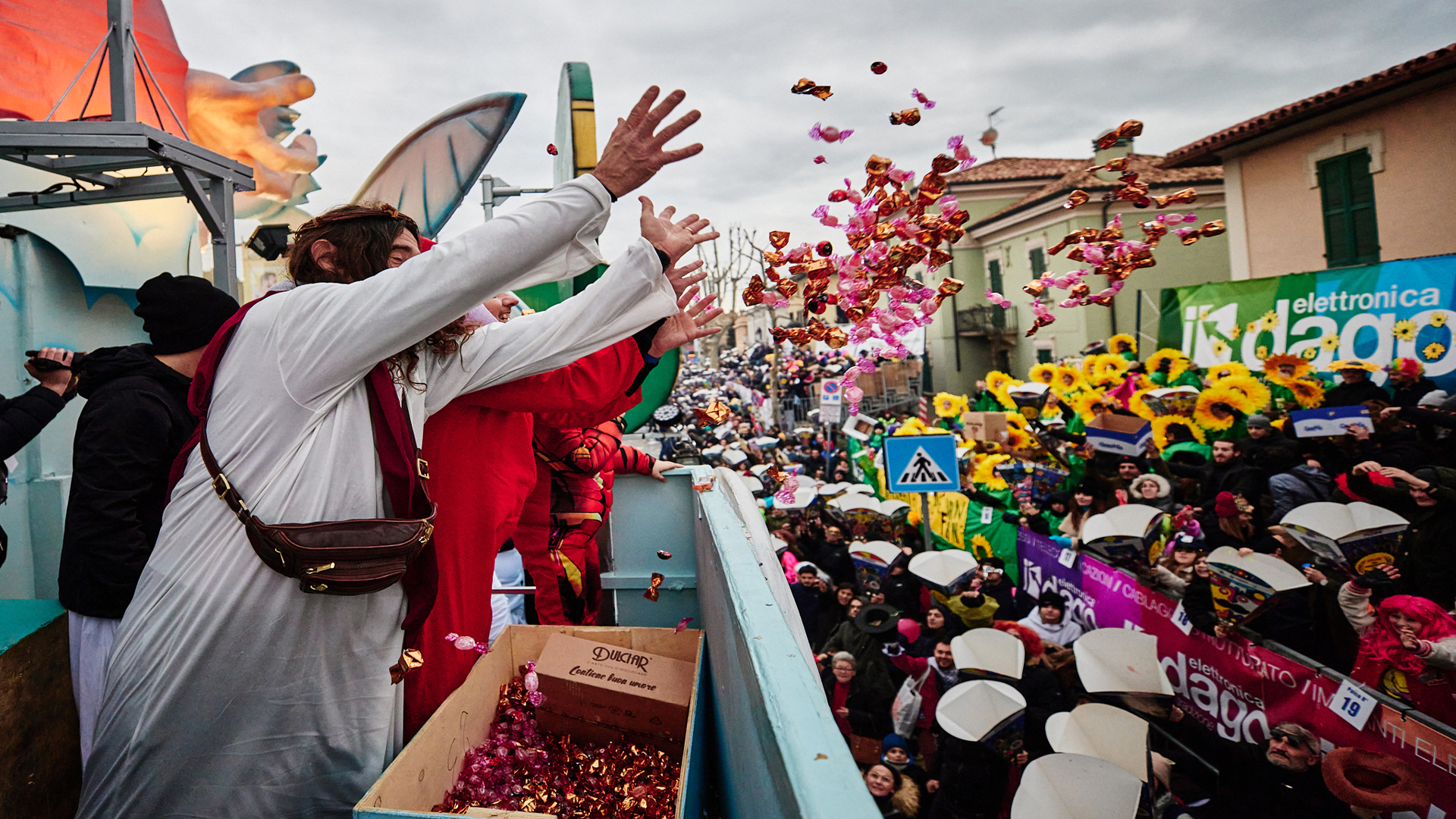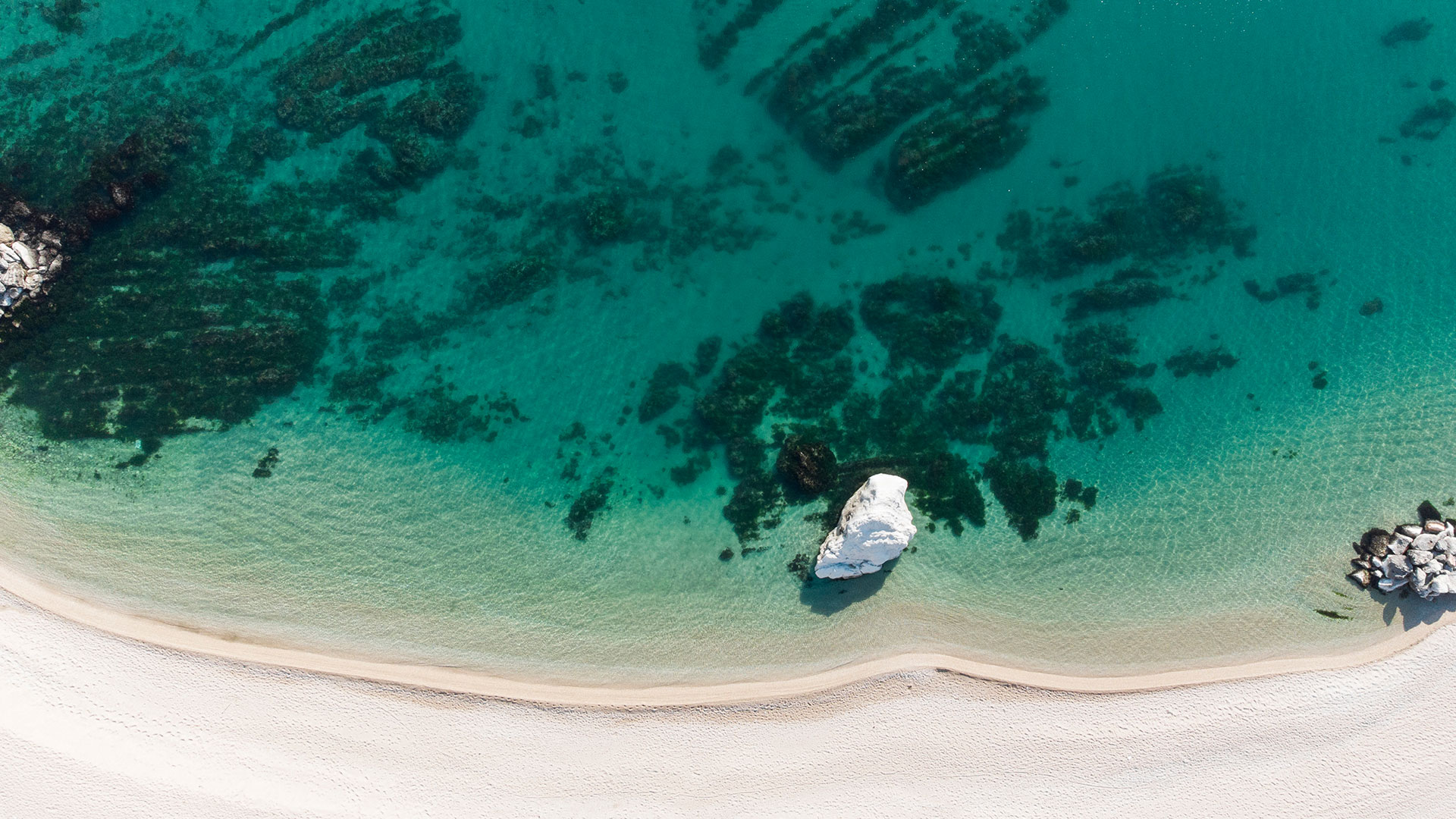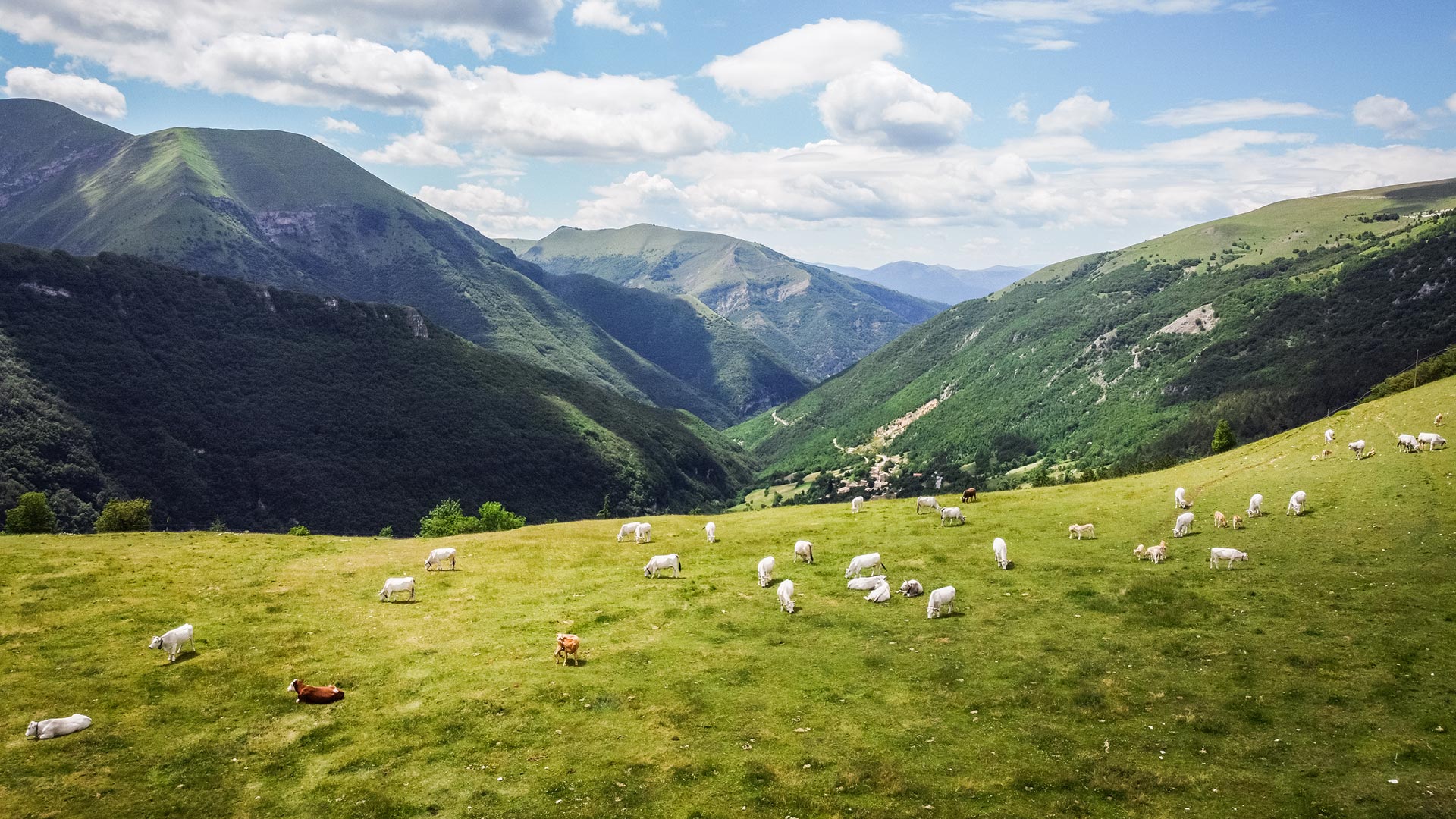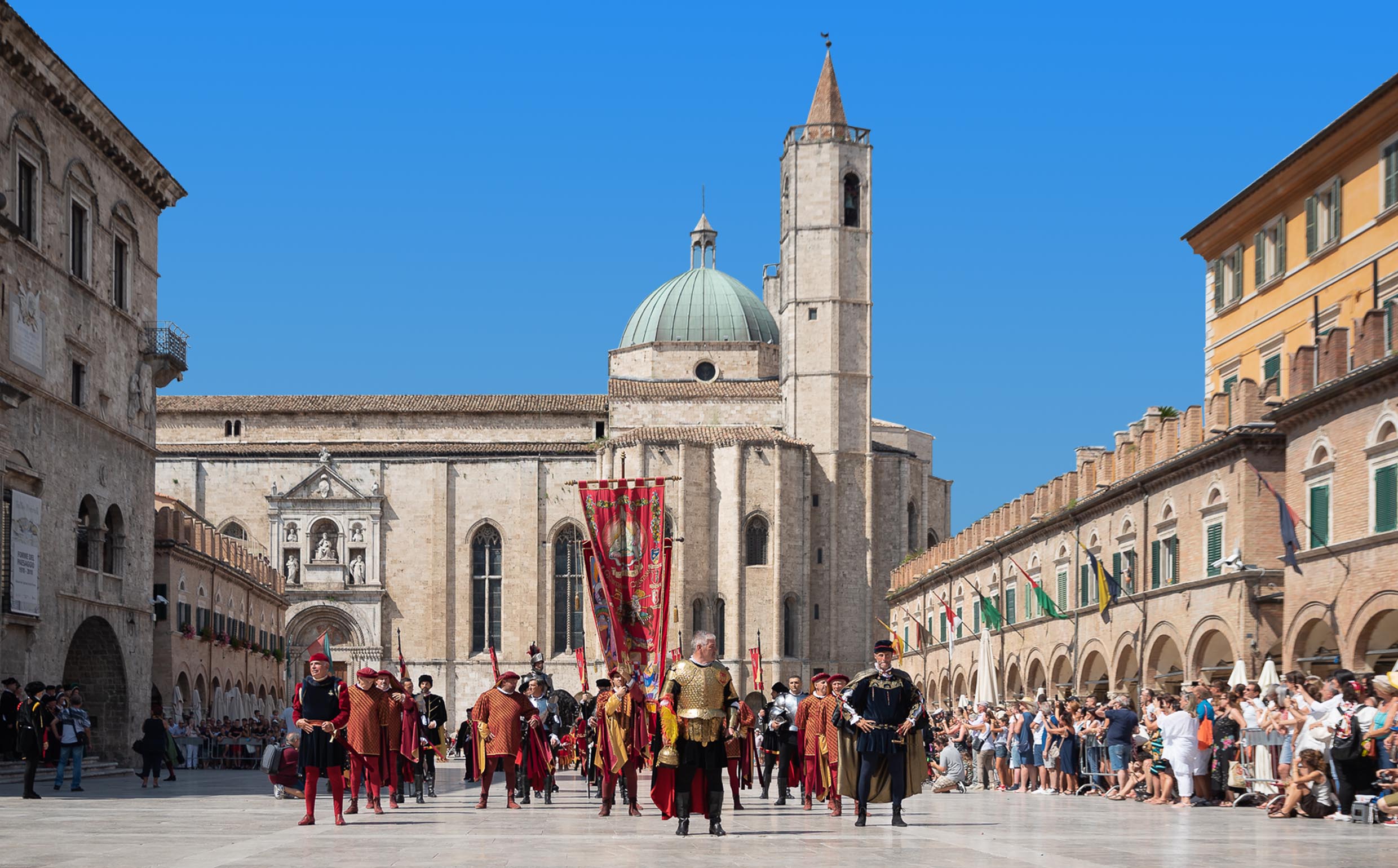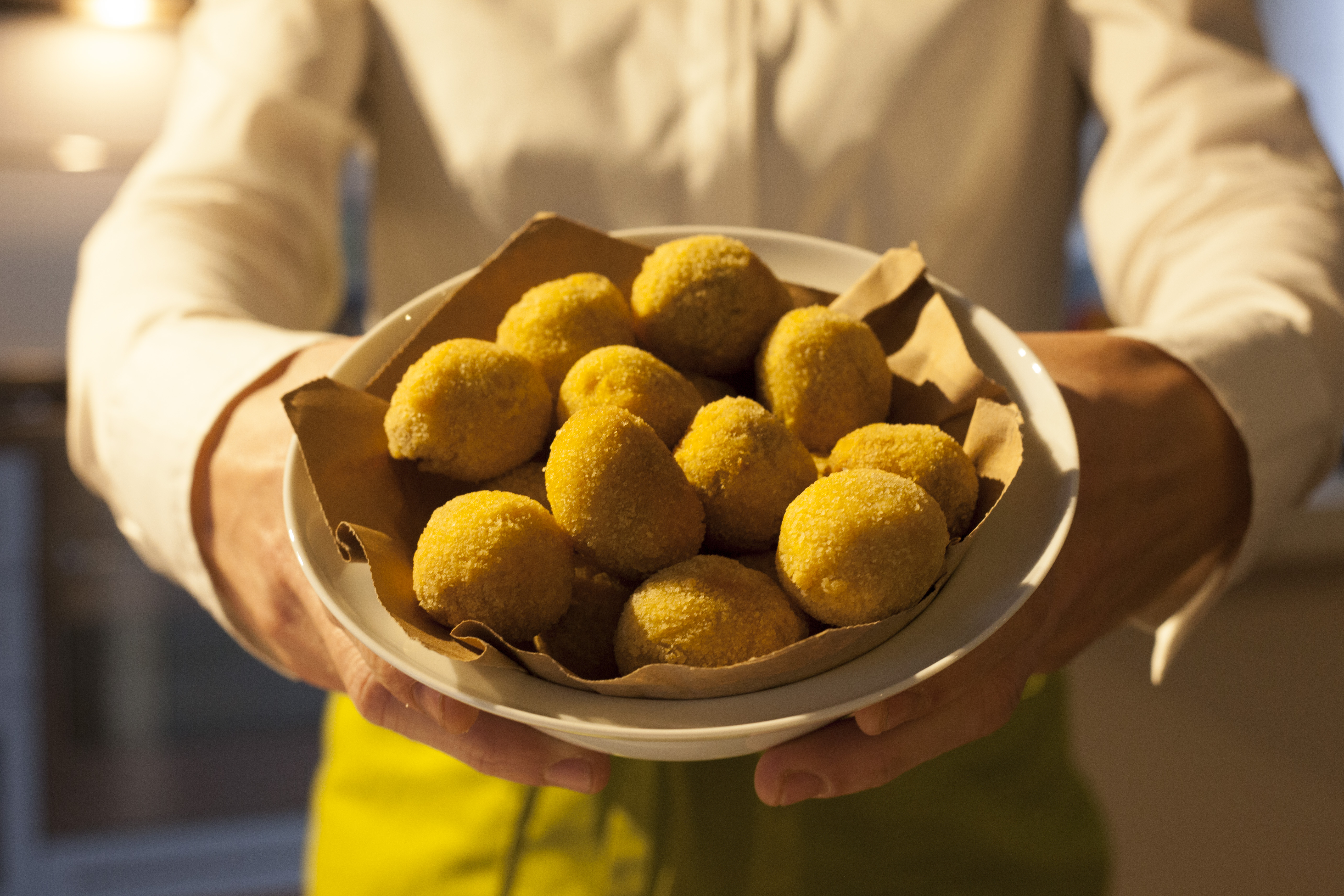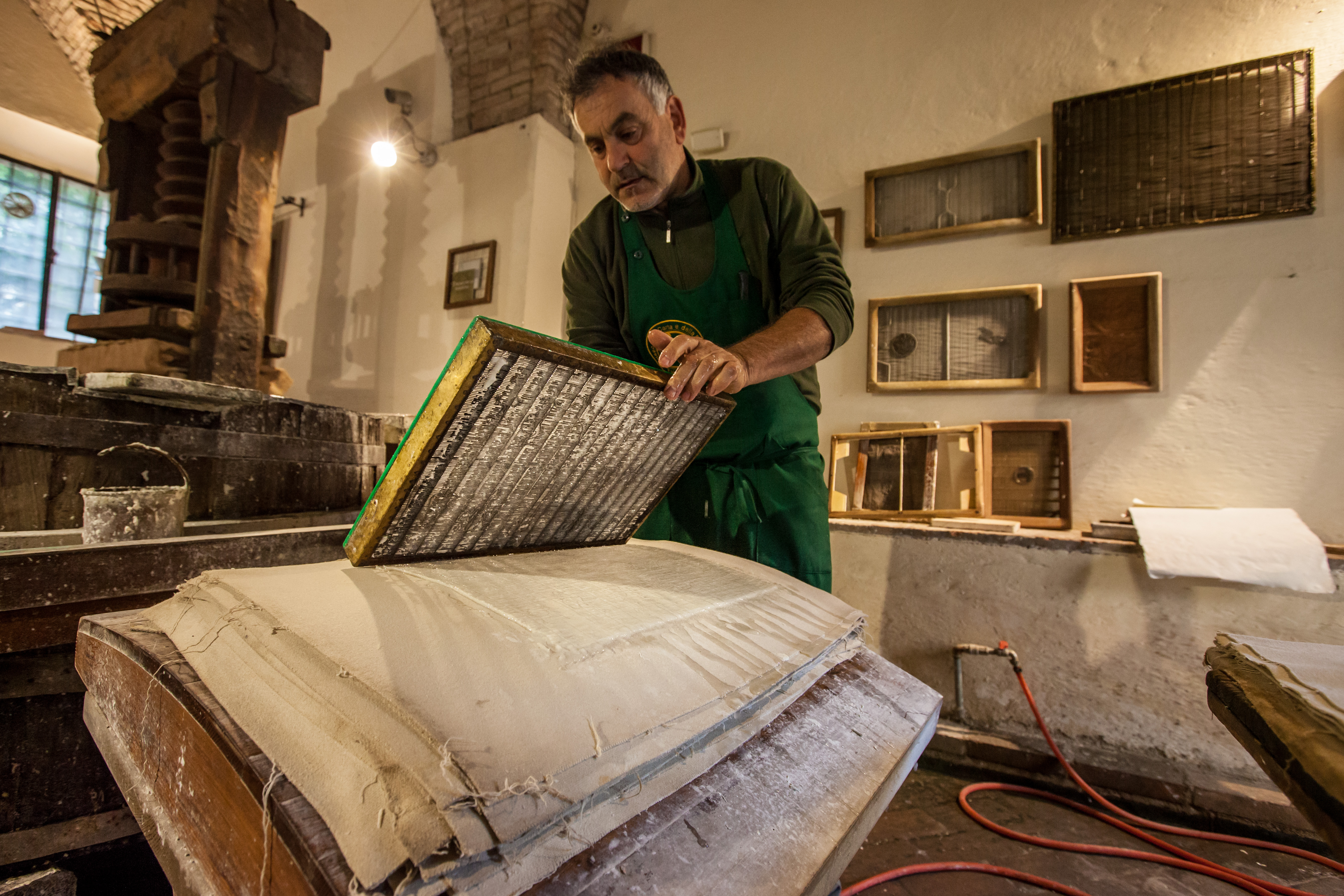History re-enactments - Marche Tourism
Performance and celebration
There are many fun, games, historical re-enactments in the Marche during the year.
In Urbino the Festa del Duca takes place on the third Sunday in August; this is a pageant in 15th-century costumes, with parades and contests in a typical medieval atmosphere. In Mondavio the Caccia al Cinghiale (Boar-Hunt) takes place in August: it's a medieval jolly chase in the main square. Medieval times are evoked in Gradara, where Francesca di Rimini and her brother-in-law, Paolo, are said to have fallen in love (this story is mentioned in Dante’s Inferno) with the Assedio al Castello. In July, the town of Fano goes even further back in time as Fano dei Cesari revives the splendor of Ancient Rome with themed dinners, historical parades, chariot races, and camps set up to accommodate Roman legionnaires.
Three pageants feature games: in August in Cagli, the Palio dell’Oca features a gigantic chessboard; on the first Sunday after Easter in Fermignano there is the Palio della Rana, and on the first Sunday in September, the Gran premio del Biciclo Ottocentesco. Serra Sant’Abbondio, the second Sunday of September hosts the famous Palio della Rocca. In the province of Ancona, the most famous pageants held in July are: Contesa del Pozzo della Polenta with a parade in costume in Corinaldo; Filottrano' s Contesa dello Stivale commemorates an episode of the war between the town and nearby Osimo; Medieval festival in Offagna, with its Contesa della Crescia, a contest involving a challenge with a crossbow, bow, mace, and spear; in Sassoferrato Sentinum 295 BC - La battaglia delle Nazioni Nazioni re-enacts a battle between Romans and Picenes on one side and Samnites, Senones, Etruscans, and Umbrians on the other. In Fabriano on June 24 – during the commemoration of the city’s patron saint, John the Baptist, to whom the Palio is dedicated – the local craft of wrought iron is celebrated in the final Sfida del Maglio; in Jesi, in May, the Palio di San Floriano recalls the subjection of the city to the nearby castles on the hills where Verdicchio wine is produced. In the province of Macerata, in Camerino, the Corsa alla Spada, in May, involves a trial of strength where the competitors have to extract a sword from a log; during the first week in July, in the Palio dei Castelli in San Severino Marche, the competitors run a race carrying high “towers” weighing up to 70 kilograms. In this period Mogliano hosts Mogliano 1744; in Montecassiano the Palio dei Terzieri takes place at the end of July; in Caldarola the Giostra de le Castella in August, San Ginesio hosts the Battaglia della Fornarina with the Palio di San Ginesio while Castrum Sarnani revives the original ambiance of the old village of Sarnano. Curious 19th-century pageants are Cingoli 1848, in period costume with carriages, in August, and the Disfida del Bracciale in Treia. La Quintana, Ascoli Piceno's jousting tournament, is one of the most authentic and exciting of these medieval shows in the Marche and takes place in the main square on the first Sunday of August. The high point of the games is when riders from the city's six districts tilt with lances at a target. The day also includes a striking procession with around 1,400 town's people dressed in 15thC costume. Other similar events in Ascoli Piceno area take place in August : every three years, the village of Spelonga near Arquata del Tronto holds the Festa Bella, a re-enactment of the 1571 Battle of Lepanto; in Acquaviva Picena, the Palio del Duca – Sponsalia is a historic re-enactment of a wedding in past times; in Amandola the Canestrelle is the historic re-enactment of the offering of wheat to the Blessed Saint Anthony; in Castignano, August brings street theatre performances, battles of the Knights Templar, and scenes of everyday medieval life during the Templaria Festival. In the province of Fermo in the third week in July, Sant’Elpidio a Mare becomes La città medioevo and the Contesa del Secchio takes place on the second Sunday in August bringing to life medieval splendors. In August Servigliano celebrates the Torneo Cavalleresco di San Clementino and in Grottazzolina the I Giorni di Azzolino. On 15 August in Fermo during the Cavalcata dell’Assunta, ten knights in costume gallop through the streets of the town. As far as religious feasts are concerned, mention must also be made of L’Armata di Pentecoste e Sciò la Pica in Monterubbiano, commemorating the arrival of the Sabines in the Marche, and the spectacular fireworks of the Cavallo di Fuoco in Ripatransone on the first Sunday after Easter.
-
Carnival and traditional festivals
The weeks leading up to Lent see Carnival celebrations in many Marche towns.
Fano is home to the region’s oldest and most prestigious Carnival: huge floats parade through the town streets and it ends with a bonfire topped by the main festival dummy. As well as the Carnivals of Ascoli Piceno, San Benedetto del Tronto, Fermo, Matelica, Macerata, and El Carnevalò in Ancona, one of the best-known and most spectacular is the Carnival of Offida held on two different days: Lu Bov Fint, on Carnival Friday and Vlurd on Shrove Tuesday where bundles of canes stuffed with straw - known as i vlurd - are lit and taken in a flaming procession round the streets before being added to a giant bonfire in the main piazza. Other traditional festivals include the Festa del Covo, taking place in Osimo in August and in Candia, a village close to Ancona, in September. Urbania organizes the Festa Nazionale della Befana on the Epiphany.
-
Religious feasts
Over the centuries, the Marche has maintained a number of events linked to religious feasts. The tradition of Christmas nativity scene is deeply rooted in the region; actually there are three specific museums in Macerata, Morrovalle, and Tolentino. There are also numerous artistic, mechanical, and living nativity scenes displayed every year in extremely picturesque locations. The main episodes of the Passion are staged in Cantiano, Mogliano, Loreto (Villa Musone), and Pioraco on Good Friday. Corpus Christi is a day when splendid flower displays are shown all over the region. In Loreto, on 9 December, at night there is a particularly fascinating feast to celebrate the translation of the Holy House. To this day people in the Marche light large bonfires on the eve of the 10th of December, the Feast of the Translation of the Holy House, to help the Santa Casa on its way. A number of religious events are also linked to the harvest , such as the Covo Festival in Campocavallo di Osimo and the procession of the harvest baskets in Amandola.
